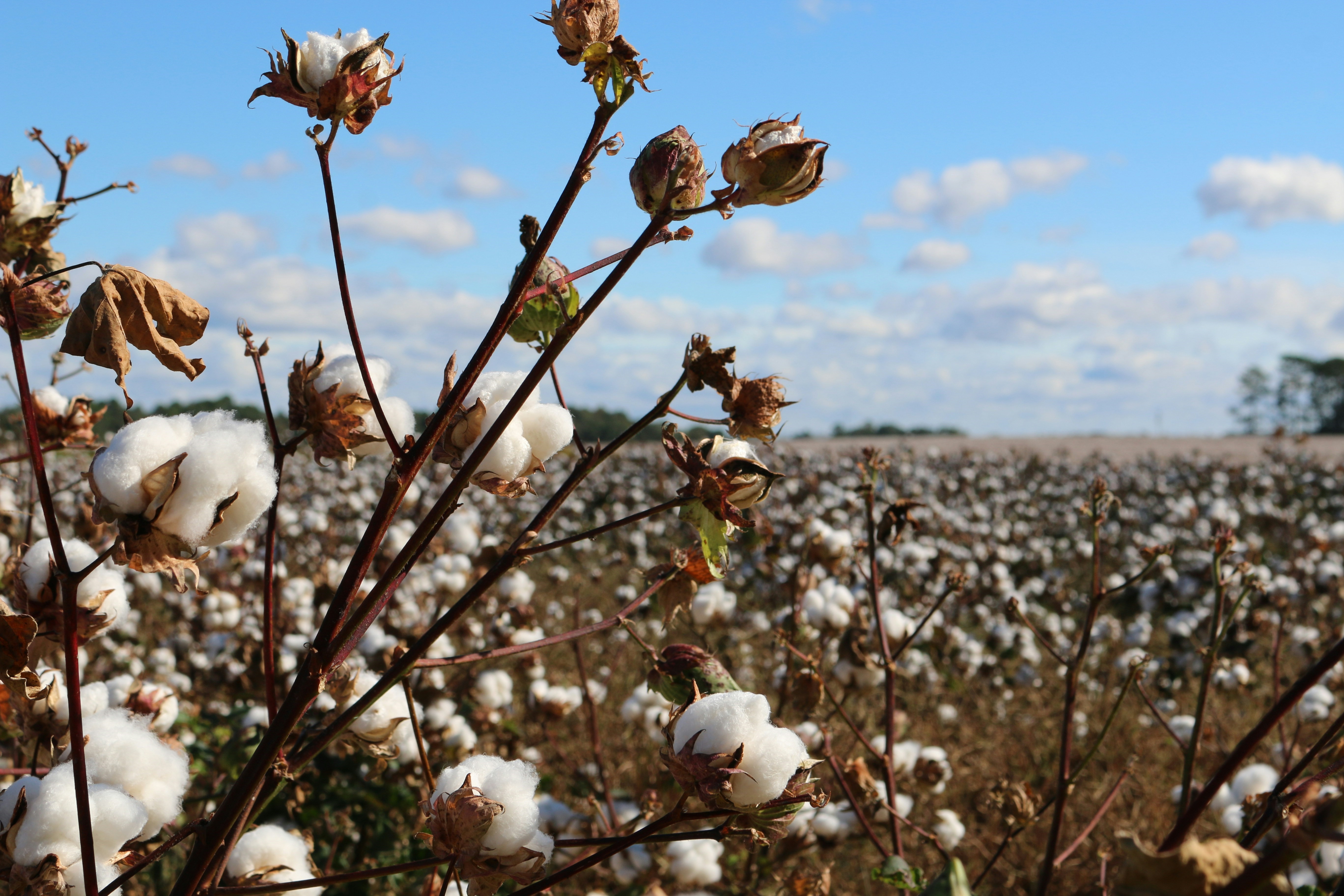28 - 31 October 2025 | Singapore Expo
Blog
Discover trending topics that are propelling the industry
Central Asia’s investment hotspots

There are major opportunities for textile machinery manufacturers to be involved in new projects in Central Asia, the region consisting of Kazakhstan, Kyrgyzstan, Tajikistan, Turkmenistan and Uzbekistan.
All these countries have a long tradition of cotton cultivation, but differ significantly in terms of both geography and their readiness to invest in new technologies.
Foreign direct investment
In 2021, the 150 spinning companies in Uzbekistan with 3.7 million spindles and 239,000 rotors produced 862,000 tons of yarn, with around two thirds exported. The industry largely focuses on 100% cotton yarns but future investments in synthetic fibres are anticipated. There are now 218 weaving companies and 250 knitters in Uzbekistan – around four times the number that existed in 2017.
Rapid developments
Fabric exports have so far gone primarily to neighbouring countries and Uzbek producers have yet to move towards higher value-added production and more sophisticated fabrics. In 2023, however, Texygen, an established cotton spinner, made a significant diversification into nonwovens production with the installation of the first spunlace line in the country. The line is now producing 100% cotton substrates for disposable wipes.
“Uzbekistan is known as one of the world’s major cotton producers but has now established a textile and apparel industry that is at an exciting early stage of rapid development,” says Christian Schindler, director general of the Zurich-headquartered International Textile Manufacturers Federation (ITMF).It is no accident that the ITMF, together with the International Apparel Federation (IAF), will hold a joint annual conference in Uzbekistan this September. The event will take place in cooperation with Uztextileprom, the Uzbek Textile and Apparel Industry Association, in Samarkand.Following the example of Uzbekistan, Tajcottex, the newly-formed textile association of Tajikistan – another fast rising market for cotton processing – has also just become a member of the ITMF.Kyrgyzstan’s textile industry too, is rapidly developing, and benefits from the country’s environmentally friendly energy system which is powered by advanced hydroelectric power plants.
Fabric exports have so far gone primarily to neighbouring countries and Uzbek producers have yet to move towards higher value-added production and more sophisticated fabrics. In 2023, however, Texygen, an established cotton spinner, made a significant diversification into nonwovens production with the installation of the first spunlace line in the country. The line is now producing 100% cotton substrates for disposable wipes.
Turkmenistan
















